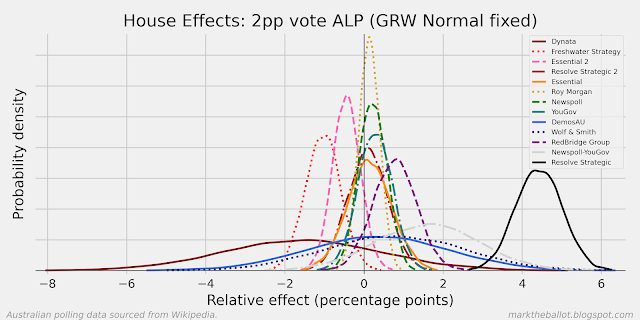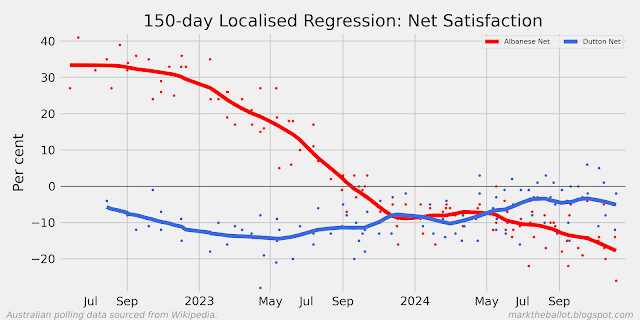As a Bayesian, my prior assumption for first term governments is that they have a reasonably high probability of being re-elected come their first election as a Government. Yes there are exceptions (particularly for state governments), but Federally they have been rare. The only one term Federal government was the Scullin Labor Government that lost the 1931 election, albeit in the midst of the Great Depression. Since the 1920s, there have been more than 20 one term state governments. Recent examples include Napthine, 2014, Victoria; Campbell, 2015, Queensland; Giles, 2016, Northern Territory; and Marshall 2022 South Australia). However, even with the states, one term governments are not the norm.
When the Albanese government was elected in 2022, I assumed Labor would most likely go on to win a second term in 2025. While my intuition remains that Labor should win a second term, my confidence is much reduced. Particularly as the betting market and the final polls of 2024 give the Coalition a slight edge. For the avid poll watcher, it means 2025 will be much more interesting than I had originally anticipated. There is good chance of a very close election and a Parliament where neither of the major parties has an absolute majority. Furthermore, there is a moderate chance of a change of government following the election.
So let's look at the betting market. According to the collective wisdom of punters, the Coalition has a 55 per cent probability of forming government after the 2025 Federal Election.



















